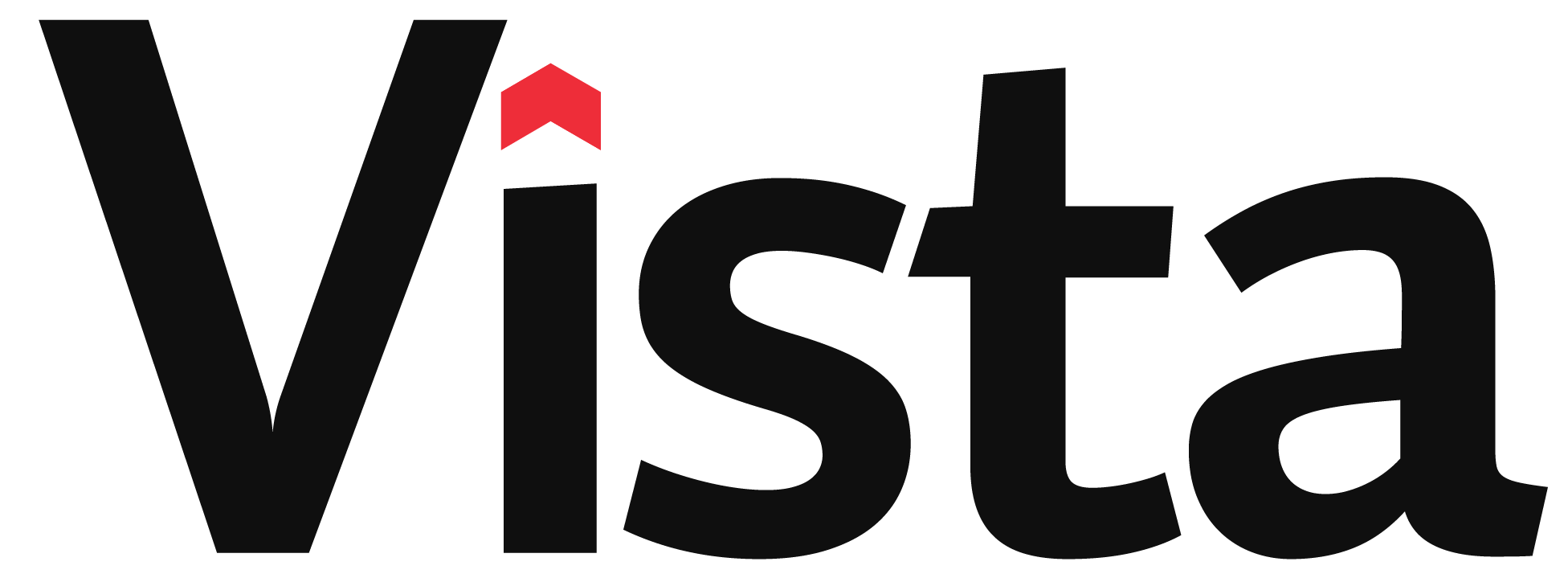Creatives Triumph
(3 minute read)
Over the past decades, cities across the U.S. have seen change. Places that were once boomtown are now stunted, while others have sprouted up and continue to grow. So what is it that makes a community thrive? Is it the place itself? The economy? In 2002, Richard Florida, an economic development professor at Carnegie Mellon, offered up an answer - the creative class.
According to Florida, the creative class is made up of workers in a variety of fields, from engineering to filmmaking, biotech to education, architecture to small business. These are folks whose jobs are to create new ideas, new technology, creative content or create new approaches to problems.
About 40 million Americans and 35 percent of the American workforce identify themselves with the creative class. This number has increased by more than 10 percent in the past 20 years.
In his book, Rise of the Creative Class, Florida based this theory on census information and economic data to identify cities that attract and retain creative residents and the characteristics of those cities that result in success. His findings, updated in 2012, revealed that the key to attracting the creative class are the 4 T’s: Technology, Talent, Territorial assets, and Tolerance.
“The main assumption underlying this approach is that creative workers seek creative outlets in all aspects of their lives and therefore migrate to cities that actively support their preferred lifestyles.”
Let’s take a closer look at the 4 T’s.
Technology: It is vital to have a technological or academic infrastructure to fuel an entrepreneurial culture. Ex. Silicon Valley, The Research Triangle
Talent: A highly ambitious, educated, skilled population attracts the creative class—creatives like to be around those that are at the same level.
Territorial assets: Think amenities and experiences. Creatives, especially of the Millennial generation, are all about experiences and “instagramable” moments.
Tolerance: Arguably one of the most important of the 4 T’s, creatives demand diversity and a mindset of “live and let live” and openness. Florida and others have found a strong correlation between those cities and states that provide a more tolerant atmosphere toward culturally unconventional people, such as gays, artists, and musicians, and the numbers of creative class workers that live and move there.
Only cities that embody all of the 4 T’s see economic success and thrive because they are able to attract and retain members of the creative class.
It’s clear by now that creatives are taking over the world and steering the direction of the future. Provide creatives with technology, talent, territorial assets, and tolerance and they will maintain a thriving community.




